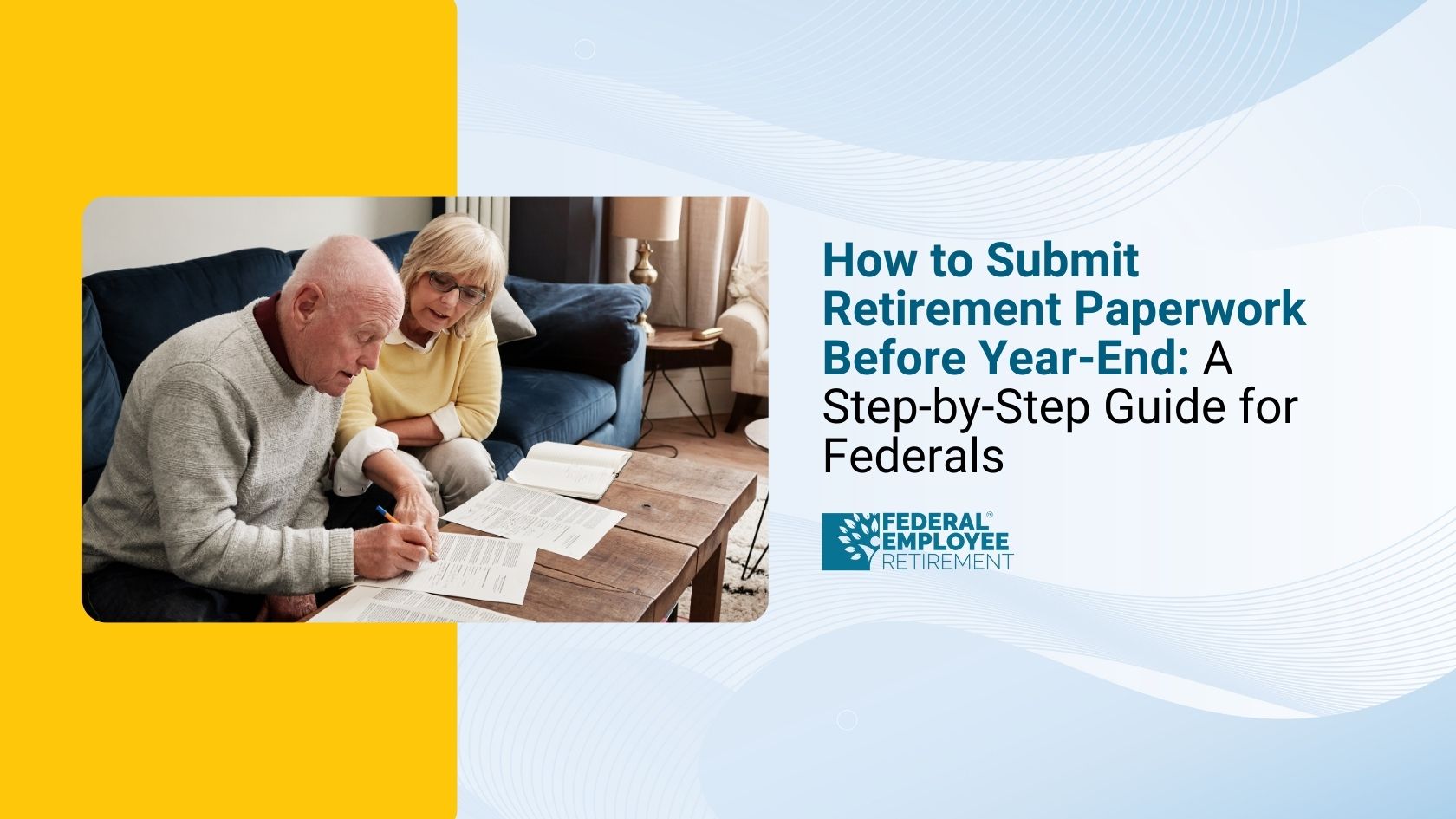You’re not alone; 4,359 federal employees booked their free review.

OPM Disability Retirement: Eligibility, Benefits & How to Apply
Working for the federal government often comes with robust benefits but when a medical condition hinders your ability to perform your job, standard retirement may not cover your needs. Disability retirement isn’t about giving up, it's about shifting to a benefit that reflects your situation and protects your future.
You don’t have to be completely unable to work, but your condition must prevent you from performing one or more essential duties of your current federal position. This is important: disability retirement under OPM is designed to support you when continuing in your role is no longer feasible.
2. What OPM Disability Retirement Really Means
Here is a concise breakdown of the program:
- Who administers it: OPM manages disability retirement under both the Federal Employees Retirement System (FERS) and the Civil Service Retirement System (CSRS).
- What triggers eligibility: You must be employed (or have recently separated) and your medical condition must prevent you from doing your job as described in your position description.
- How it differs from SSDI: Unlike Social Security Disability Insurance (SSDI), OPM’s benefit focuses on inability to perform your federal role rather than inability to work in any role.
This program ensures you receive an annuity based on your federal service rather than having to rely solely on Social Security or private disability benefits.
3. Are You Eligible? Here’s What OPM Looks For
To apply successfully, you must meet several key criteria understanding them helps you determine whether this path is viable or whether alternatives might serve you better.
Key eligibility requirements:
- Creditable Service:
- Under FERS: at least 18 months of civilian service.
- Under CSRS: at least 5 years of civilian service.
- Under FERS: at least 18 months of civilian service.
- Medical Condition:
- The condition must prevent you from performing one or more essential duties of your position.
- It must be expected to last at least one year.
- The condition must prevent you from performing one or more essential duties of your position.
- Impact on Job Performance:
- You must show reduced efficiency or inability to perform duties.
- Your agency must certify that accommodations or reassignment to an equivalent position were not feasible.
- You must show reduced efficiency or inability to perform duties.
- Employment Status:
- Still employed or separated from service within one year prior to filing.
- Still employed or separated from service within one year prior to filing.
- Reassignment/Accommodation Requirement:
- Agency must have searched for same-grade/pay reassignment within commuting area and found none suitable.
- Agency must have searched for same-grade/pay reassignment within commuting area and found none suitable.
- Social Security Application (FERS only):
Required to apply for SSDI; proof of application is necessary even if you are later denied.
Meeting these elements doesn’t guarantee approval these are the baseline. Approval depends on the strength of your documentation and the completeness of your case.
Also read - fers minimum retirement age
4. The Benefits: Why It’s Worth Considering
If approved, disability retirement offers a suite of valuable benefits that extend beyond leaving your federal job.
Core benefits include:
- Monthly annuity:
- Under FERS: during the first year, you receive ~60 % of your “high-3” average salary (minus Social Security if applicable). After that, ~40 %.
- Under CSRS: the calculation differs, but creditable service still converts to an annuity.
- Under FERS: during the first year, you receive ~60 % of your “high-3” average salary (minus Social Security if applicable). After that, ~40 %.
- Continued federal health & life insurance:
- If you had coverage under the Federal Employees Health Benefits Program (FEHB) and/or the Federal Employees’ Group Life Insurance (FEGLI) for at least five years, you may continue those benefits.
- If you had coverage under the Federal Employees Health Benefits Program (FEHB) and/or the Federal Employees’ Group Life Insurance (FEGLI) for at least five years, you may continue those benefits.
- Creditable service toward future retirement:
- Your time in disability retirement counts toward service years, potentially increasing your annuity if you later return to work.
- Your time in disability retirement counts toward service years, potentially increasing your annuity if you later return to work.
- Cost-of-living adjustments (COLAs):
- Your annuity may receive inflation adjustments, helping protect purchasing power.
- Your annuity may receive inflation adjustments, helping protect purchasing power.
- Private sector job freedom:
- Unlike SSDI, you may work in private employment while receiving federal disability retirement, provided your income does not exceed 80 % of your former federal salary.
- Unlike SSDI, you may work in private employment while receiving federal disability retirement, provided your income does not exceed 80 % of your former federal salary.
These benefits make it a powerful option especially if your condition limits your federal role but you still want to protect your financial future.
When your health starts affecting your federal job, the fear of losing income, benefits, and stability can feel overwhelming. Many employees wait too long, not realising that standard retirement won’t protect them in this situation.
Relatable tags - federal employee short term disability benefits
5. Application Process: Step-by-Step Guide
Applying is straightforward in concept but rigorous in documentation. Here’s how to approach it.
Step A: Collect Your Evidence
Gather the following:
- Medical records and treating physician statements linking your condition to essential job duties.
- Performance evaluations showing reduction in job performance.
- Agency correspondence and internal documentation regarding reassignment efforts or accommodations.
- Any relevant medical evidence showing expected duration of the condition.
Step B: Complete the Required Forms
You’ll need:
- SF 3107 – Application for Immediate Retirement
- SF 3112 – Documentation in Support of Disability Retirement, which includes:
- SF 3112A Applicant’s Statement of Disability
- SF 3112B Supervisor’s Statement
- SF 3112C Physician’s Statement
- SF 3112D Agency Certification of Reassignment/Accommodation
- SF 3112E Disability Retirement Application Checklist
- SF 3112A Applicant’s Statement of Disability
Ensure each section is complete, accurate, and supported by documentation.
Step C: Submit Your Application
- If still employed: route through your agency’s Human Resources (HR) office.
- If separated: submit directly to OPM’s Retirement Operations Center in Boyers, PA.
- Deadline: Applications must typically be submitted within one year of separation from service.
Step D: Await OPM’s Decision & Respond to Requests
- OPM will review your submission, which often takes several months.
- They may request additional documentation or clarification respond promptly.
Step E: Appeal if Denied
- If your application is denied, you may request reconsideration.
- If reconsideration is denied, you may appeal to the Merit Systems Protection Board (MSPB) for a final decision.
6. Tips to Strengthen Your Application
A strong application significantly increases your chances. Here are actionable tips:
- Be specific and honest in describing how your condition affects your job duties.
- Provide detailed medical evidence generic statements won’t suffice.
- Work closely with your agency’s HR and legal/benefits specialists to ensure all forms are correct and submitted on time.
- Keep your own organized copies of every document and correspondence.
- Consult an expert a federal benefits advisor or attorney familiar with OPM disability retirement can help you avoid costly oversights.

7. Final Thoughts
Applying for OPM Disability Retirement can feel overwhelming the forms, the medical statements, the agency coordination, and the uncertainty. However, when you face a medical condition that makes continuing in your federal role difficult or impossible, this program opens a vital path to financial and health-secure retirement.
By understanding the eligibility, benefits, and application process and taking action early with expert guidance you can improve your chances of a successful outcome. If you’re unsure where you stand, consider scheduling a consultation with a federal benefits advisor who can review your situation and guide your next steps.
Disclaimer: This content is for general educational purposes only and does not constitute legal, tax, or financial advice. Each individual’s circumstances differ; you should consult a qualified professional before making retirement decisions.
Content References:
FedSmith
MyFederalRetirement
OPM
FEEA


Get Updated
Subscribe to our weekly updates for the latest on retirement planning, federal benefits, exclusive webinars, and more!
Download Federal Retirement: Step-by-step Checklist
This comprehensive guide will help you understand your federal benefits, optimize your savings, and plan for a comfortable future.



.png)








